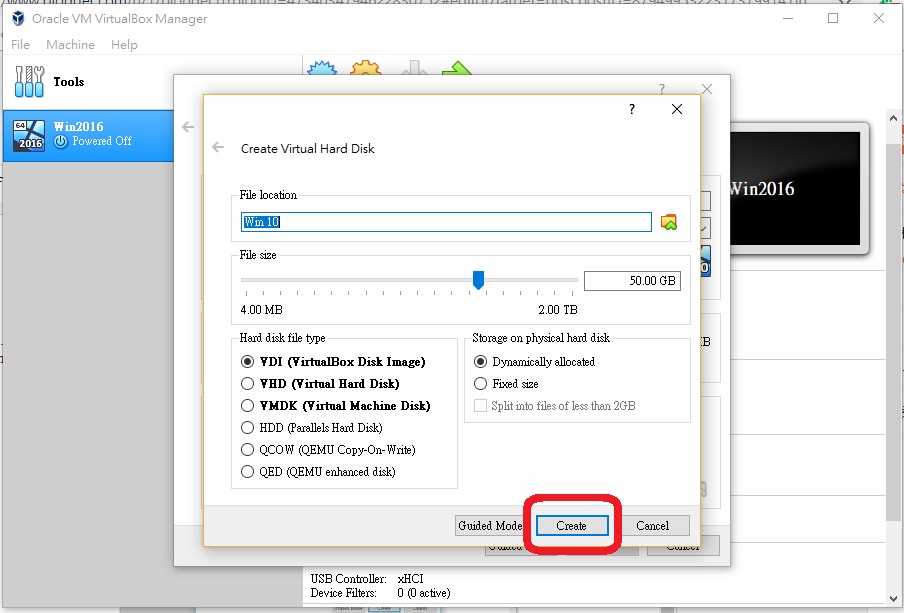
For example, if you want to use 20.04, you could follow these instructions: If you’re looking to add more up-to-date versions of Ubuntu, you’d need to download the kernel and initrd files for those releases and place them in TFTP/installers/ubuntu/. You might also want to take a look at the TFTP/kickstart/basic.cfg file for an idea of how to create your kickstart file. For other distributions, you’ll want to find and add their specific instructions for PXE. Also, note that this download only enables the installation of Ubuntu. One thing to keep in mind is that the files contained in that download are specific for Ubuntu and do not include the last two releases - it stops at Xenial. That command will create a new directory, named TFTP in the VirtualBox storage location. Open a terminal window and change into that directory.

Fortunately, you can add those scripts fairly easily. VirtualBox doesn’t include the required scripts to handle PXE. First, enable Network and then move it to the top ( Figure A).įigure A Enabling and prioritizing network boot in VirtualBox.

With that said, let’s make some virtual magic. I’ll be demonstrating on a Pop!_OS host and a test VM. To make this work, you’ll need a running instance of VirtualBox on either a Linux or Windows host. Fortunately, it can be done and I’m going to show you how to set this up. But if you’re using VirtualBox, it doesn’t include all of the necessary pieces to make PXE possible. Sometimes you might even want to do this with a virtual machine. SEE: 40+ open source and Linux terms you need to know (TechRepublic Premium) This makes it possible for you to work with automated provisioning of servers and workstations over a network.

PXE stands for Preboot Execution Environment and is a client-server interface that makes it possible for computers to be booted from a remote server on a network. Jack Wallen walks you through the steps for enabling PXE boot for virtual machines in VirtualBox.


 0 kommentar(er)
0 kommentar(er)
